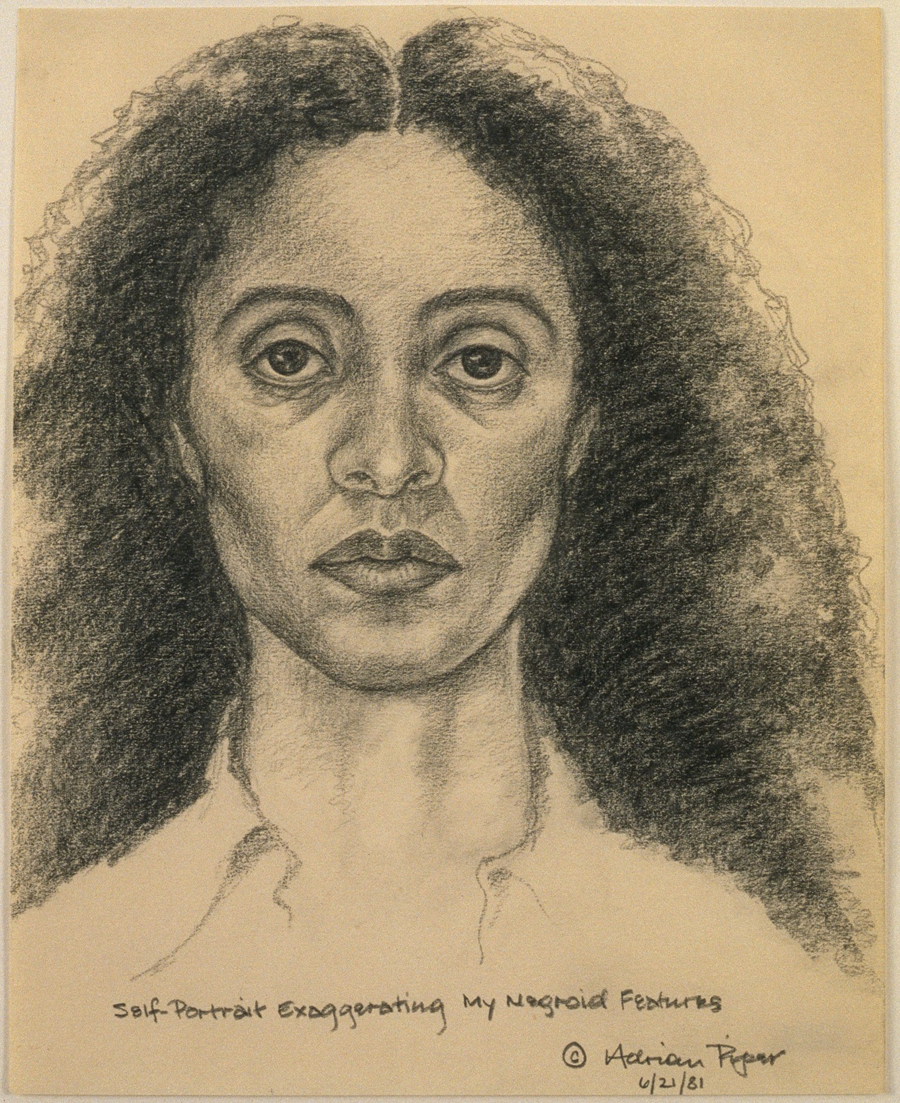For my Political Body assignment, I decided to focus on
my racial identity and how it affects my perspective of the world as well as
how others perceive me. Living in America, I have noticed a range of
stereotypes relating to my race in the media, and I understand the history
behind them. Although I grew up in Canada, raised by West African parents,
these stereotypes still sometimes affect me due simply to the color of my skin.
One stereotype that has bothered me a lot is too often
used in the media. Black women are often portrayed as sassy, as sidekicks, as
unemotional or sometimes even angry. The term “strong independent black woman”
is something I have heard since I was a child. Some of my friends would even use
that term to describe me if something went wrong. I know they were joking, but
it often bothered me, making me feel as though I wasn’t allowed to feel troubled
or defeated every now and then.
In researching for this project, I looked at the art of a
number of black female artists, several of which we discussed in class. Many of
the artists, Renee Cox in particular, often portrayed the black female form in
a place of strength. It didn’t feel like a stereotype, however. It was a sense
of strength that I long to feel. But I was also interested to find works by
black female artists that used the black female figure to exhibit a sense of
vulnerability and longing. Samella Lewis did a number of portraits that show
black women as I had never seen them before. Her works were some that I could
personally relate to, as I often feel, especially at this point in my life,
more vulnerable than strong and independent.
I was particularly inspired by an Adrian Piper piece,
titled What It’s Like, What It Is #2.
In this piece, there is a drawing of a black face over a job application, with
the word “IT” written over it in large red letters. This piece really spoke to
me. My mom struggled to find work as an African immigrant when she first came
over to North America, and the first thing that would show her difference would
be the color of her skin. It made me also think of my own life, and all the
boxes I’ve had to fill. Even when I applied to Chapman – I checked off “black”
and “female” – was I only let in to fill a quota? I like to believe that I am
talented enough to deserve the opportunities that I receive, but what if I am
seen as a statistic, and not as a person?
My piece explores both my feelings towards applications
as a woman of color, as well as how I feel like many black women do not always
fit the stereotype of “strong independent black woman”. With these stereotypes,
many black women feel as though they are reduced to something less than human.
I wanted to show the black female form in a way that exhibited vulnerability.
References:
I Found My Blackness
 |
| Samella Lewis, Self Portrait |
 |
| Samella Lewis, Home Sweet Home |
 |
| Renee Cox, Yo Mamma |
 |
| Renee Cox, 41 Shots at Green River |
 |
| Renee Cox, Yo Mamma Young |
 |
| Kara Walker, Alabama Loyalists Greeting the Federal Gun-Boats |
 |
| Andrea Bowers, People Before Profits |
 |
| Adrian Piper, Self Portrait Exaggerating My Negroid Features
|
 |
| Adrian Piper, What It's Like, What It Is #2 |
 |
| Carrie Mae Weems, Mirror, Mirror |










No comments:
Post a Comment